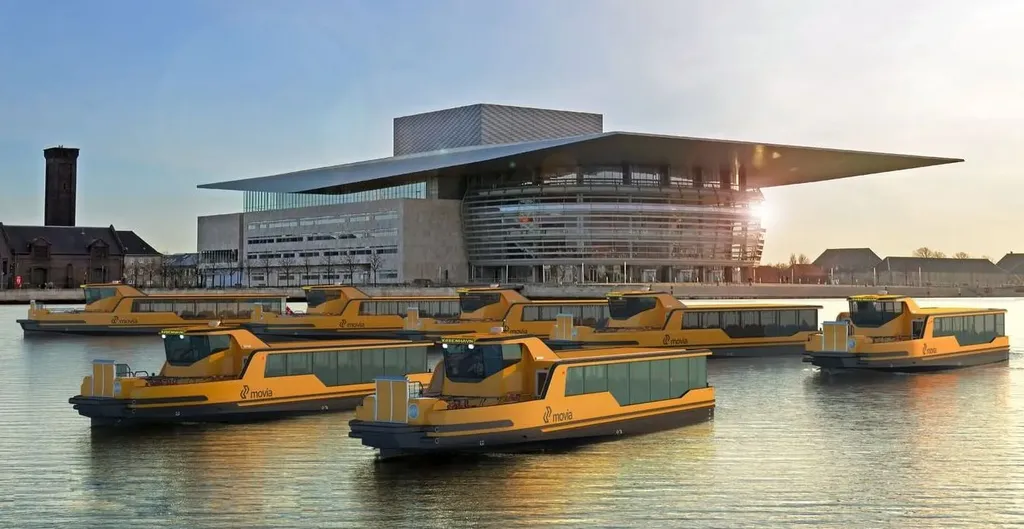Researchers from the Technical University of Denmark have made significant strides in advancing maritime autonomy, particularly in the realm of collision avoidance for ferries and harbour buses. In a recent study, Thomas T. Enevoldsen, Mogens Blanke, and Roberto Galeazzi delve into the complexities of integrating Maritime Autonomous Surface Ships (MASS) with a focus on the Greenhopper, Denmark’s pioneering autonomous harbour bus. Their work underscores the critical role of collision and grounding avoidance in ensuring the safety and regulatory compliance of autonomous maritime vessels.
The study meticulously outlines the development of the Short Horizon Planner (SHP), a sophisticated collision and grounding avoidance system. The SHP is designed to navigate the intricate challenges posed by the International Regulations for Preventing Collisions at Sea (COLREGs), which govern maritime navigation. The researchers highlight the operational constraints and hurdles inherent in adhering to these regulations, particularly within the dynamic environments of ferries and harbour buses. The SHP’s ability to process real-time data and make instantaneous decisions is pivotal in avoiding collisions and ensuring safe navigation.
Central to the researchers’ work is the autonomy stack, a comprehensive framework that facilitates safe and rule-compliant operation of autonomous vessels. This stack integrates various components, including sensor data processing, decision-making algorithms, and control systems, to create a robust and reliable autonomy framework. The researchers emphasize the importance of this stack in enabling autonomous vessels to operate seamlessly within the constraints imposed by COLREGs.
The study also includes a demonstration of the Greenhopper’s autonomy stack through simulations. These simulations showcase the effectiveness of the SHP in collision and grounding avoidance, providing a tangible example of how autonomous systems can navigate complex maritime environments safely. The simulations serve as a proof-of-concept, illustrating the potential of autonomous technologies to revolutionize maritime transportation.
The practical applications of this research are vast. For the marine sector, the development of reliable collision avoidance systems is crucial for the widespread adoption of autonomous vessels. The Greenhopper project, in particular, offers valuable insights into the operational challenges and potential solutions for autonomous ferries and harbour buses. By addressing these challenges head-on, the researchers are paving the way for safer, more efficient maritime autonomy.
Moreover, the study highlights the importance of adhering to regulatory standards in the development of autonomous systems. The researchers’ detailed analysis of COLREGs and their integration into the autonomy stack underscores the need for compliance in ensuring the safety and reliability of autonomous vessels. This emphasis on regulatory compliance is essential for gaining the trust and acceptance of stakeholders in the maritime industry.
In conclusion, the work of Enevoldsen, Blanke, and Galeazzi represents a significant step forward in the field of maritime autonomy. Their research not only advances the technological capabilities of autonomous vessels but also addresses the critical issue of collision avoidance. By providing a comprehensive framework for safe and rule-compliant operation, the researchers are contributing to the broader goal of making autonomous maritime transportation a reality. Their insights and innovations are set to shape the future of maritime technology, ensuring safer and more efficient operations in the years to come. Read the original research paper here.

